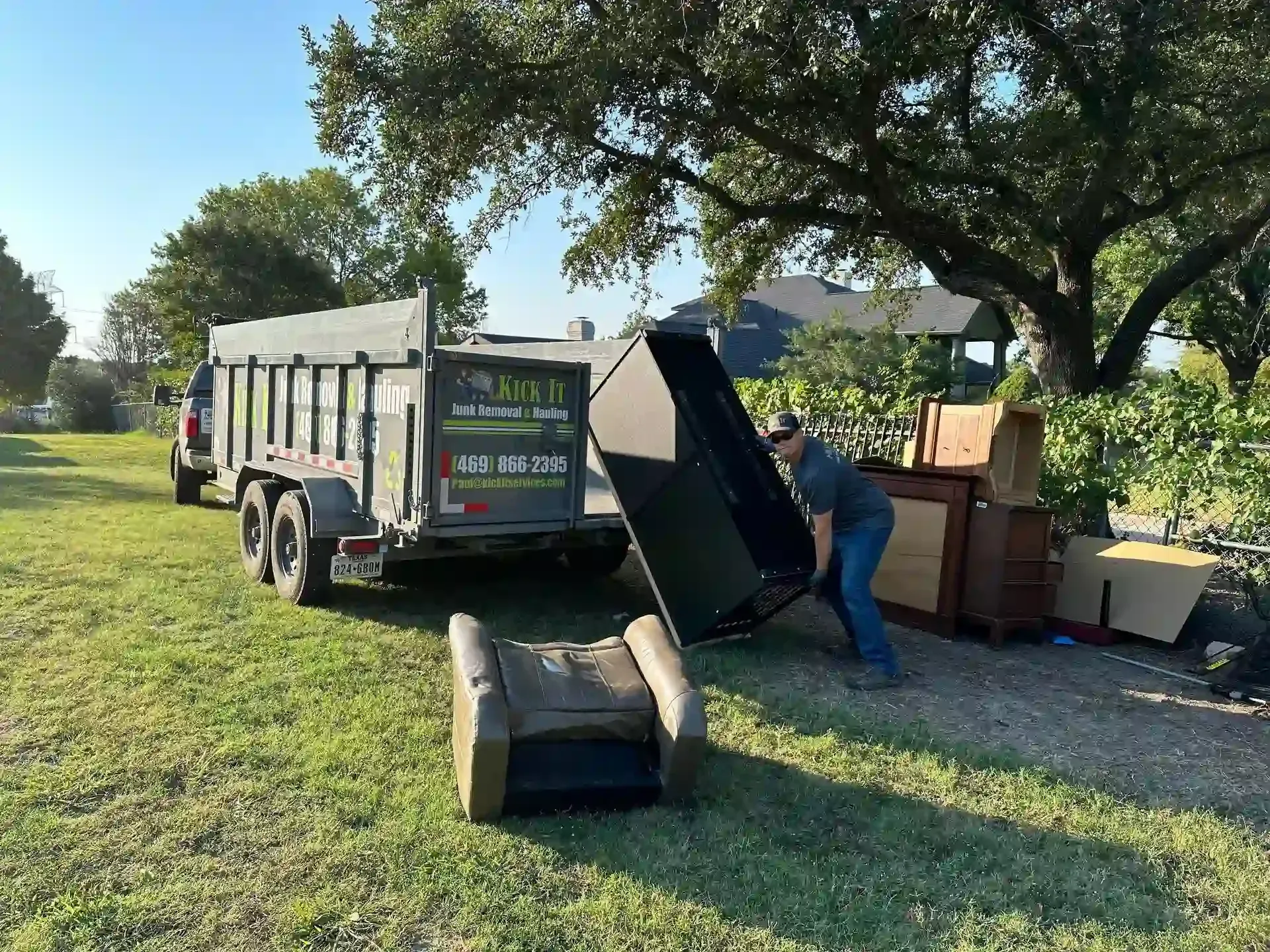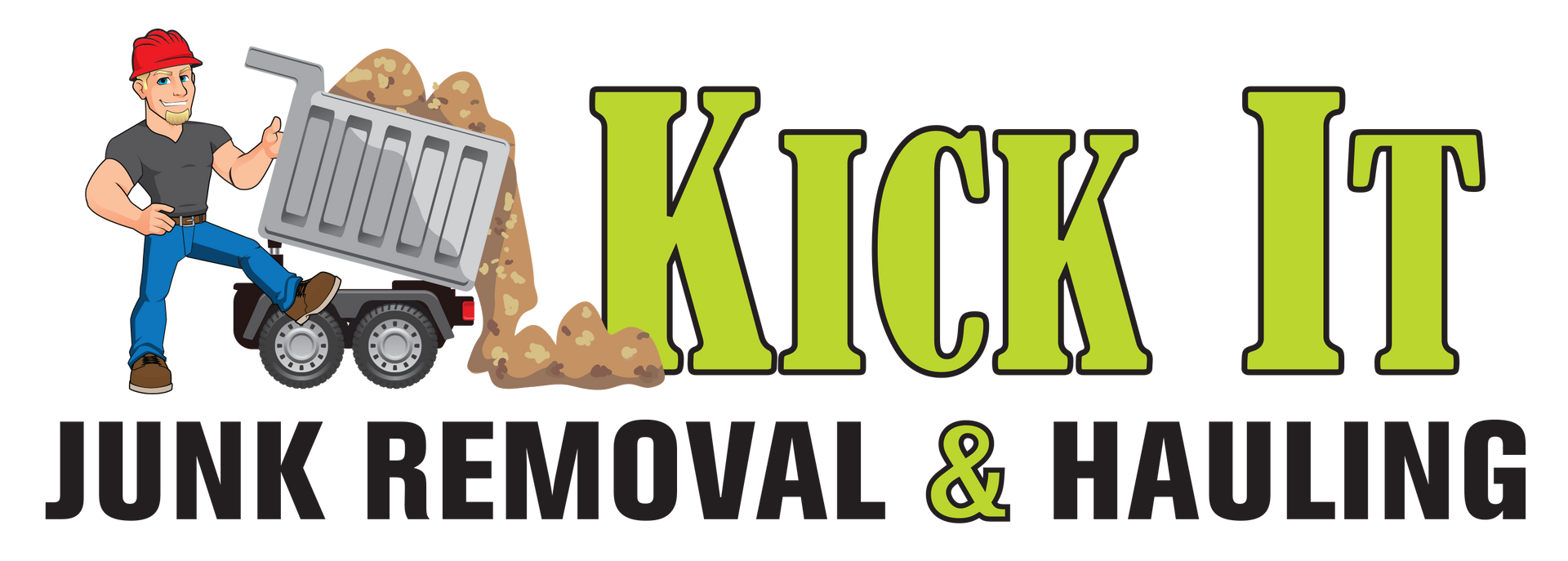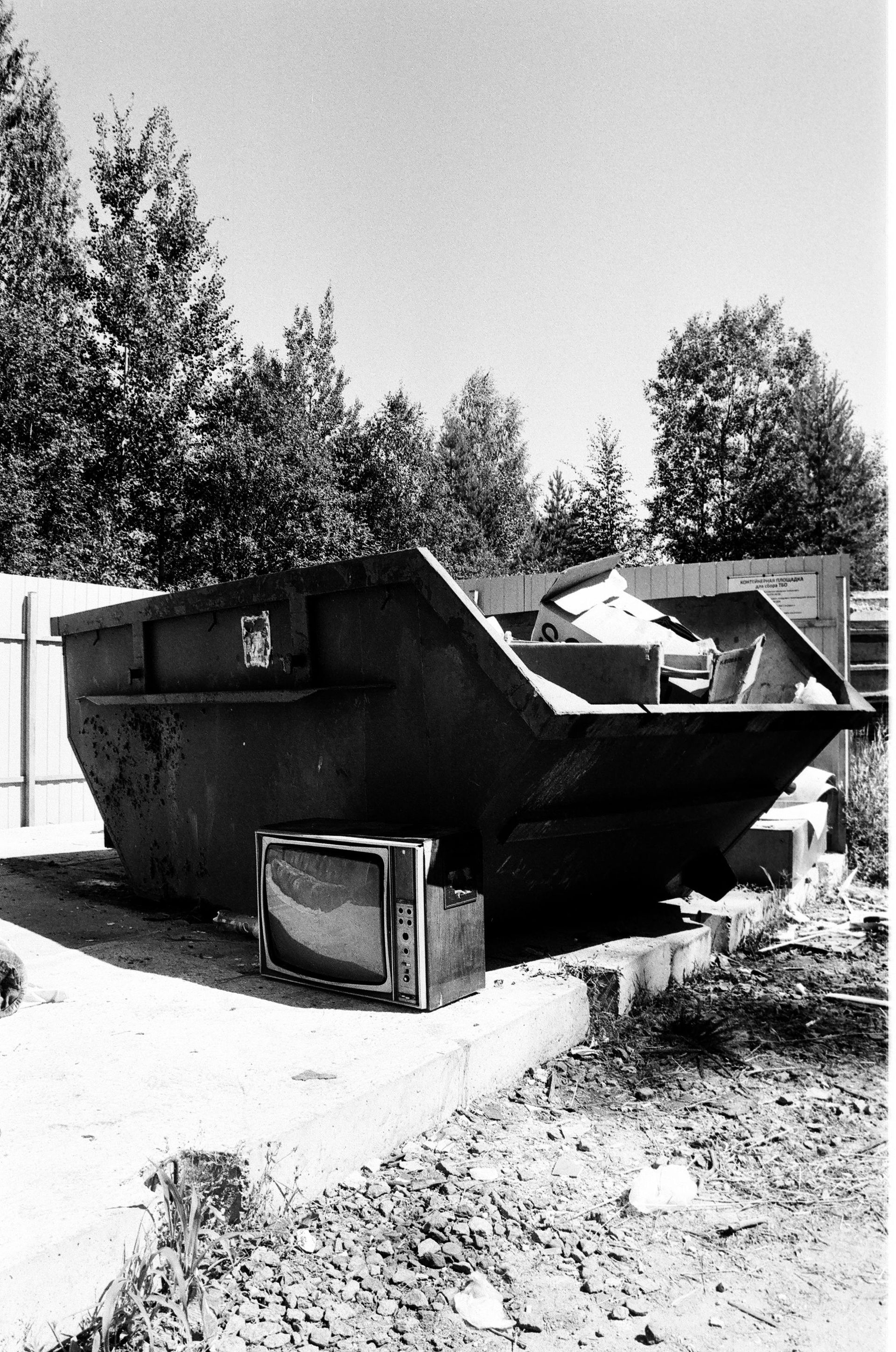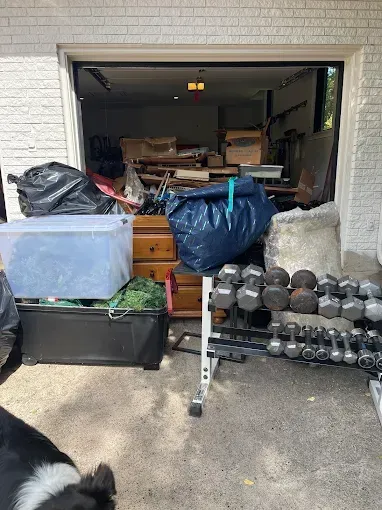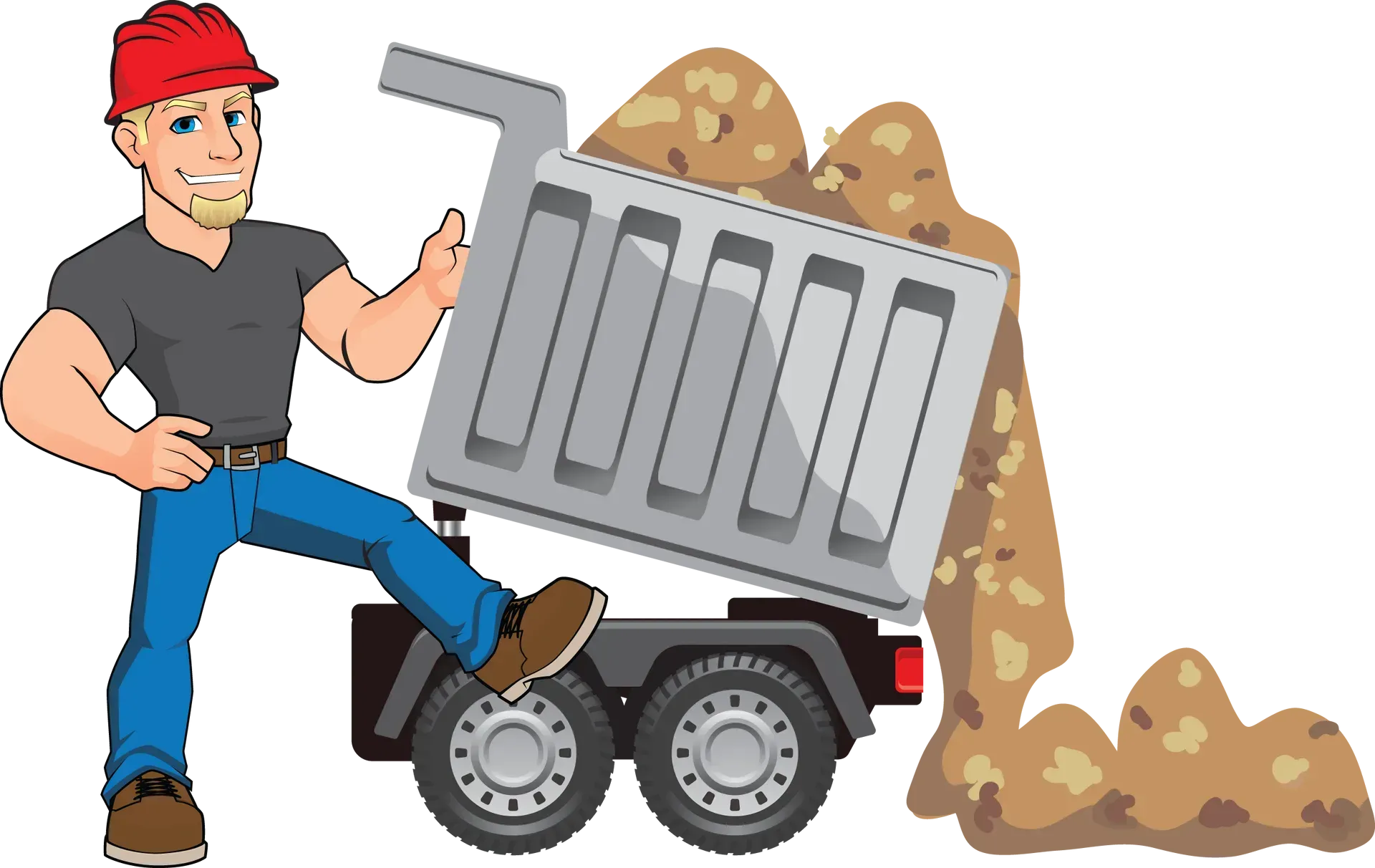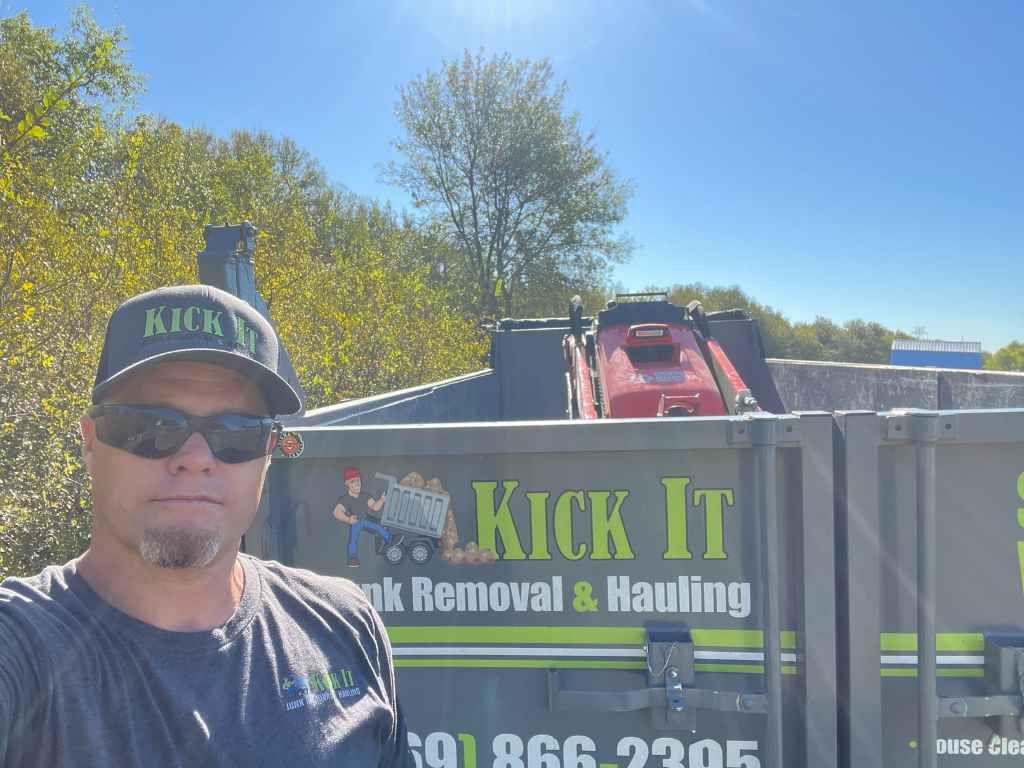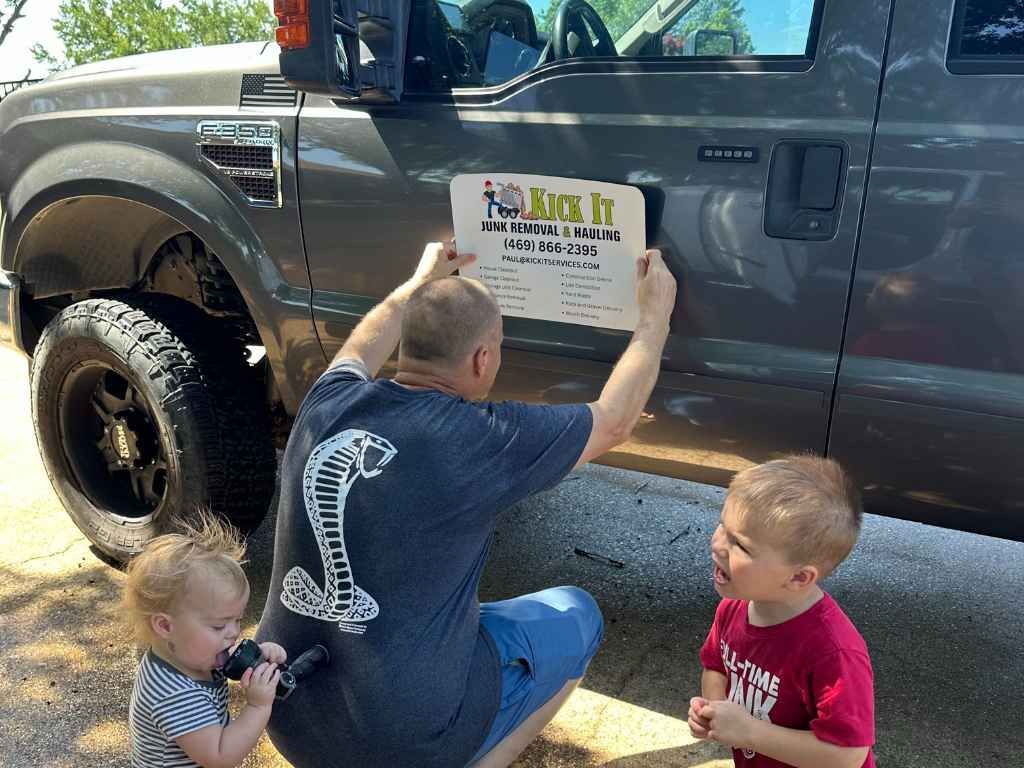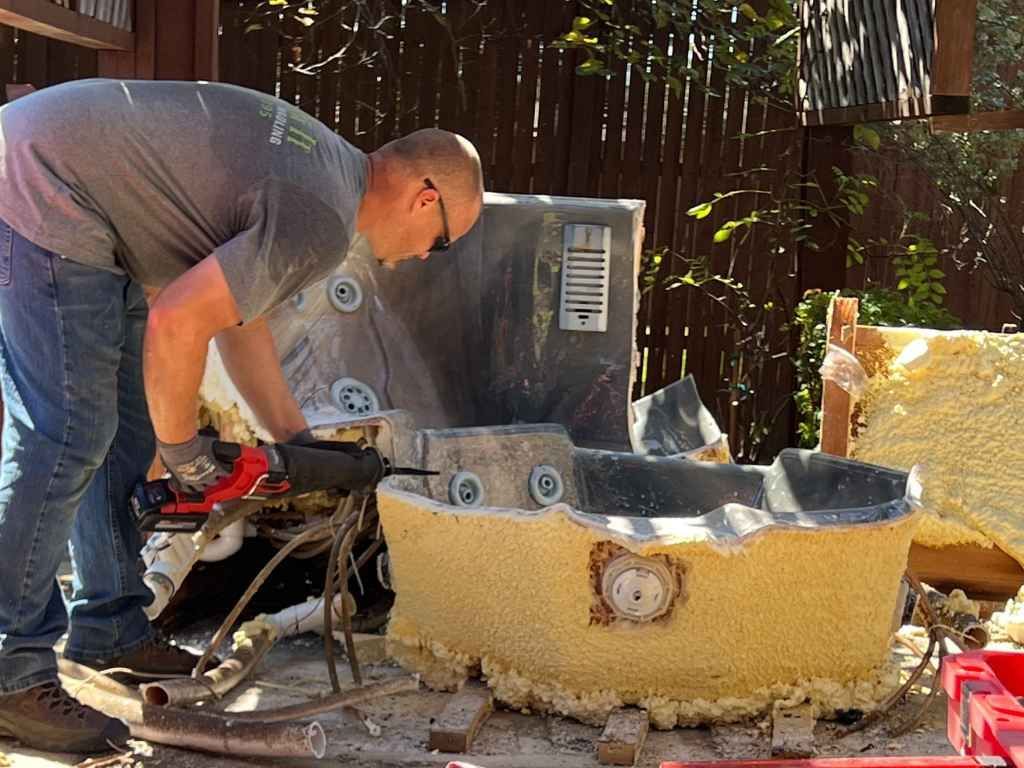Best Practices for Flooring Removal and Disposal
Flooring removal might seem like a straightforward tear-and-toss job, but doing it properly requires more than just brute force. Whether you're replacing tile, laminate, carpet, or hardwood, there’s a smarter way to tackle each step. Careful planning helps prevent unnecessary damage to the subfloor, minimizes dust and debris, and creates a smoother path for your renovation. Strategic flooring removal not only saves time but also helps avoid future problems.
Disposal is just as critical as removal. Throwing old flooring materials in the wrong place can result in fines or project delays. Understanding what can be recycled, reused, or properly hauled away helps keep everything running smoothly. For a seamless experience from beginning to end, it’s worth following best practices—or bringing in a team that can handle the job efficiently.
Smart Strategies for Removing and Disposing of Old Flooring
Removing old flooring doesn’t have to feel overwhelming if you start with a solid plan. Begin by identifying the type of material—whether it's carpet, tile, vinyl, or wood—since each requires specific tools and techniques. Properly preparing the area, protecting your walls and furniture, and having the right equipment on hand will help the process go more smoothly. Always wear safety gear and tackle the project in smaller sections to maintain control.
When it comes to disposal, many homeowners find it challenging. You can’t simply throw everything in the trash and be done. Some flooring materials can be recycled, while others may need special handling. Partnering with a professional junk removal team can save time and ensure everything is disposed of properly.
How to Make Flooring Removal Clean and Efficient
Efficient flooring removal comes down to thorough preparation and a bit of patience. Rushing through the job can cause unnecessary damage to the subfloor or surrounding areas. Be sure to clear the room entirely, take off baseboards if needed, and use a sharp blade or the proper lifting tool to get started. Time spent preparing upfront will save you effort during the cleanup phase.
Once the flooring is removed, the real mess begins—dust, debris, nails, and leftover adhesive can quickly take over. That’s why it's important to keep the disposal process just as organized as the removal. Professional services are available to assist with the entire process, from getting the old materials out of the home to hauling them away the same day.
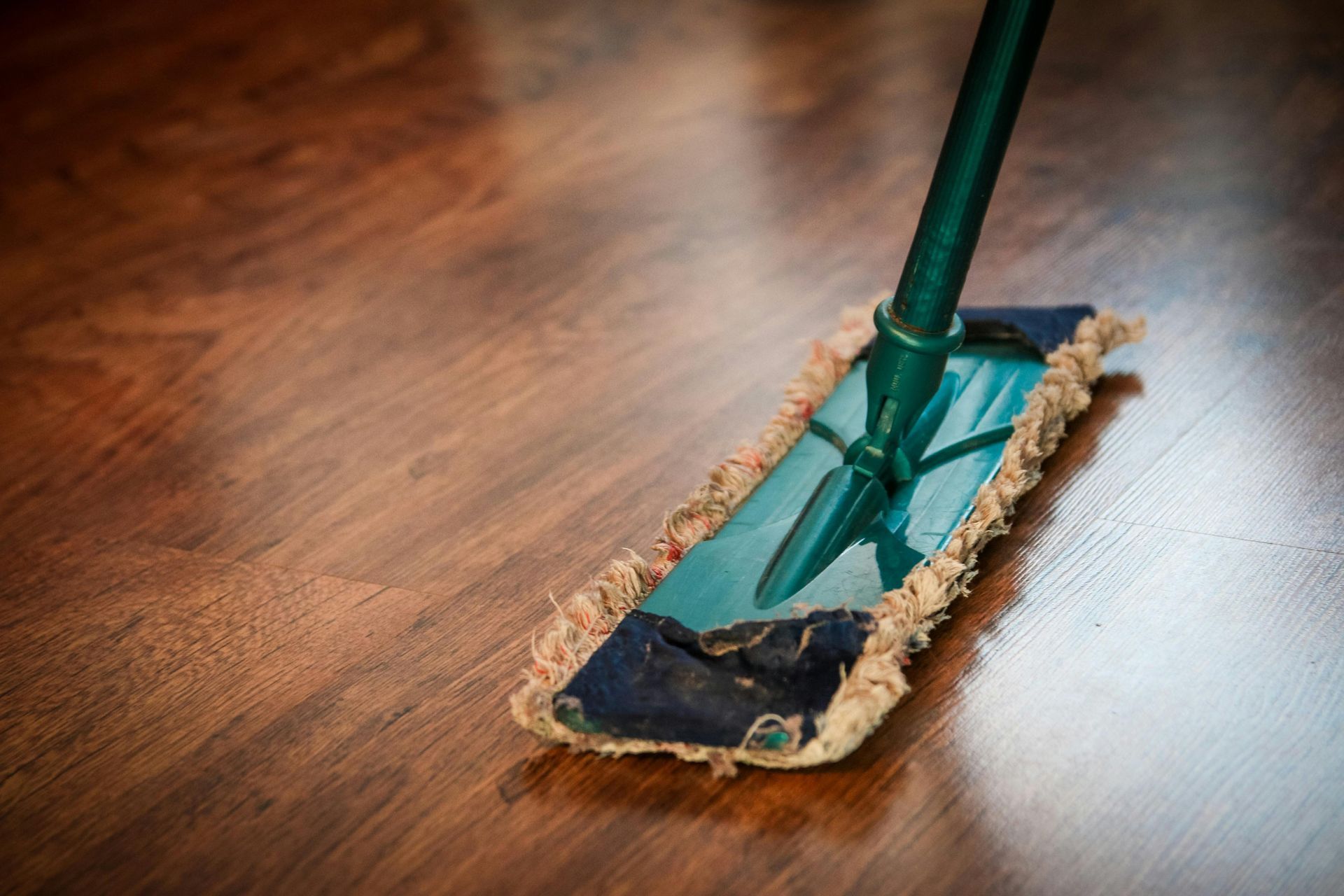
What Homeowners Should Know About Flooring Disposal
Many homeowners don’t realize that flooring disposal is more than just tossing materials into a bin. Depending on your location, certain materials may not be allowed in standard waste pickups. Items like treated wood or adhesives may require specialized disposal. Not understanding local regulations can lead to fines or delays in your renovation timeline.
Hiring a professional disposal service ensures everything is handled responsibly. Experts know what can be recycled, what needs to be separated, and how to move it all without damaging your property. It’s the kind of behind-the-scenes work that makes a big difference when upgrading your floors.
Avoid the Mess with These Flooring Removal Tips
Flooring removal can turn into a dust storm if you’re not careful. That’s why the first step is to seal off the room and cover vents to keep particles from spreading. Using the right tools to lift flooring without breaking it into tiny fragments is another important tip. A clean job starts with clean cuts and strategic removal.
Keeping the mess under control makes cleanup easier, but it also keeps your family safer during the project. Sharp debris and leftover tacks can be dangerous if overlooked. Partnering with a junk removal crew ensures everything is removed fast and thoroughly, so you can focus on what comes next in your renovation.
Easy Ways to Prepare for a Flooring Tear-Out
Before diving into a flooring tear-out, preparation is everything. Move furniture, clear clutter, and take time to inspect your floors. Knowing how the materials were installed helps you plan your removal approach. For instance, glued-down flooring will need solvents or special tools, while nailed hardwood will require more elbow grease.
Once you’re prepped, the process becomes less about brute strength and more about efficiency. A well-organized removal makes less mess, causes less stress, and gives your new flooring a smoother foundation. Professional services can help by doing the heavy lifting and cleanup, saving you energy and avoiding damage to your home.
Flooring Removal Without the Hassle or Headache
If you’ve ever tried to remove flooring on your own, you know how quickly it can become frustrating. Stubborn adhesive, stuck nails, and heavy debris can slow everything down. That’s why doing it right from the start is essential. Using floor scrapers, pry bars, and shop vacs can keep the project moving without a mess.
Even with the right tools, the real hassle often comes during disposal. Getting rid of old flooring, especially in large quantities, isn’t as easy as dragging it to the curb. Hiring a professional team means your waste is handled quickly and responsibly. Less work for you, more time to enjoy your new floors.
The Right Way to Dispose of Flooring Materials
Different flooring types require different disposal methods. Carpet can often be recycled, while vinyl may need to be taken to a specialized facility. Dumping everything into one pile isn’t just inefficient—it can lead to costly mistakes. Knowing the difference and sorting materials properly is an important step that many people overlook.
You don’t need to be an expert on disposal codes to do it correctly. Professional junk removal services specialize in removing old flooring and disposing of it the proper way. They handle the hauling, sorting, and cleanup so you can move forward without worrying about what’s left behind.
Keeping Your Renovation Site Clean During Floor Removal
Keeping a clean renovation site during floor removal is essential for both safety and efficiency, not just appearances. Debris left around can slow down progress and pose hazards. Establishing a routine for collecting and removing materials as you go will keep everything on track.
A tidy space also allows you to identify underlying issues, such as water damage or structural problems beneath the flooring, more easily. Junk removal companies can assist in maintaining cleanliness throughout the project, swiftly removing debris and ensuring your renovation space is ready for the next phase without delays.
Flooring Removal Best Practices for a Smoother Project
The smoothest flooring removal projects are the ones that follow a clear, step-by-step plan. Starting with proper room preparation is key—make sure to remove furniture and cover any areas that need protection. Identifying the flooring type and using the right tools for the job will ensure steady and efficient progress. Rushing through the process might seem like a time-saver, but it usually results in mistakes, damage, and more repairs down the road. A well-planned approach can save time and money in the long run.
Another critical aspect of a successful flooring removal project is staying organized with disposal. Rather than tossing materials around haphazardly, it’s important to sort them as you go and arrange for a pickup ahead of time. This will keep the area clean and reduce the chances of debris piling up. Having help to manage the removal and disposal process ensures that your flooring upgrade is seamless. You can rest easy knowing the mess will be taken care of, leaving your space ready for the next stage of your renovation.
Mistakes to Avoid When Tearing Out Old Flooring
One of the biggest mistakes during a flooring tear-out project is failing to check what lies beneath the surface. Many homeowners rush into the process without considering the possibility of electrical wiring, plumbing pipes, or other hidden obstacles. Tearing into a floor without this knowledge can lead to costly damage and delays. It’s crucial to inspect the area thoroughly before removing any material, and if you’re uncertain about what you might encounter, seek professional advice. A trained expert can help identify risks, preventing unnecessary complications down the line.
Another major concern is improper disposal of flooring materials. Many people overlook the legal and environmental requirements for disposing of old flooring. Simply dumping materials illegally or without the proper permits can result in fines and environmental harm. Hiring a professional removal service can help avoid these issues by managing both the pickup and disposal process. This approach ensures a smoother, safer, and more efficient renovation experience, providing peace of mind as your project moves forward.
Conclusion
Removing and disposing of flooring can be a tough and labor-intensive task, but with the right approach and professional help, it doesn’t have to be a hassle. Whether you’re renovating a commercial property or updating your flooring, following best practices ensures efficiency, safety, and a cleaner environment. By choosing the right tools, minimizing waste, and working with a team of experts, you can make the process smoother while avoiding common pitfalls like damaging the subfloor or improperly handling hazardous materials. The benefits of proper flooring removal and disposal go beyond just aesthetics; it also contributes to the overall longevity of your space.
When the job feels overwhelming or you simply don’t have the time to dedicate to such a large task, don’t hesitate to reach out to professionals. A team like Kick It Junk Removal & Hauling is always ready to handle your flooring removal needs efficiently and responsibly. If you’re ready to get started, or have questions about the process, our experts are just a phone call away. For reliable, eco-friendly, and fast services, feel free to contact us today. We’re here to help make your flooring project seamless and stress-free!
For more details, get in touch with us at 469-866-2395 or email us at Paul@kickitservices.com.
